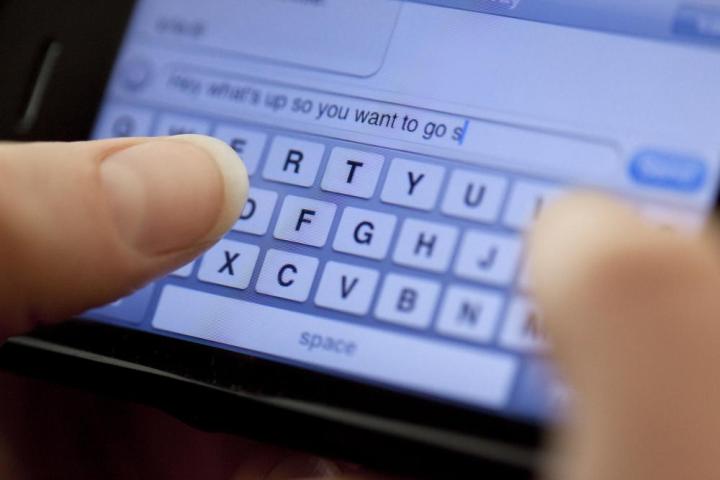
Following revelations earlier this week that the National Security Agency has accessed some 100,000 computers using secret radio waves, the Guardian and the UK’s Channel 4 News report that U.S. spies have indiscriminately collected nearly 200 million text messages a day from people around the world.
The text message gathering operation is part of a program codenamed “Dishfire,” according to top-secret documents leaked by Edward Snowden. A document from UK spy agency GCHQ reveals that the NSA program collects “pretty much everything it can,” which includes metadata of “untargeted and unwarranted” text communications sent by people in the UK.
Despite these descriptions, an NSA spokeswoman told the Guardian that characterizing Dishfire as “arbitrary and unconstrained is false,” and that the spy agency only used its powers of data collection against “valid foreign intelligence targets.” The spokeswoman added that “privacy protections for U.S. persons exist across the entire process concerning the use, handling, retention, and dissemination of SMS data in Dishfire.”
Rather than sifting through the contents of SMS text messages, NSA and GCHQ used a data analysis program known internally as “Prefer,” which could pull out information including missed call alerts or text sent by someone using international roaming, to bolster the agency’s intelligence about targets’ communication circles and travel locations. The documents, dated 2011, describe these bits of metadata as “gems,” and describes text messages overall as a “goldmine” for the agency.
As the Guardian writes, this is the intelligence the NSA collected from text messages each day, on average:
- More than 5 million missed-call alerts, for use in contact-chaining analysis (working out someone’s social network from who they contact and when)
- Details of 1.6 million border crossings a day, from network roaming alerts
- More than 110,000 names, from electronic business cards, which also included the ability to extract and save images.
- Over 800,000 financial transactions, either through text-to-text payments or linking credit cards to phone users
News of the dragnet text message collection comes just one day before President Obama is expected to announce his plans to curtail perceived overreach by the NSA. According to Bloomberg, the NSA’s controversial phone metadata collection program will remain mostly intact, though some changes are expected.


